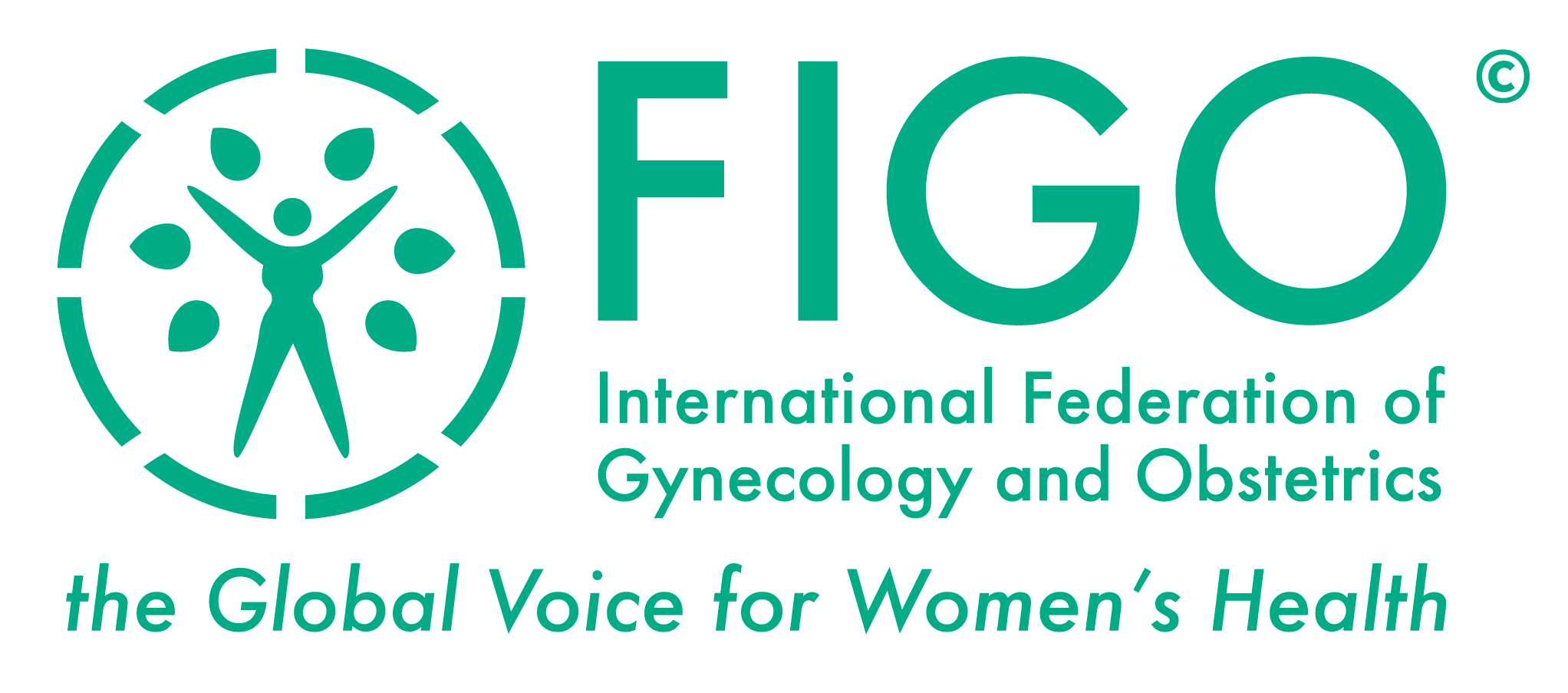Connolly MP, Pollard MS, Hoorens S, Kaplan BR, Oskowitz SP, Silber SJ.
Long-term economic benefits attributed to IVF-conceived children: a lifetime tax calculation. Am J Manag Care 2008; 14(9):598-604.
OBJECTIVE:
To evaluate whether lifetime future net tax revenues from an in vitro fertilization (IVF)-conceived child are substantial enough to warrant public subsidy relative to the mean IVF treatment costs required to obtain 1 live birth.
STUDY DESIGN:
Mathematical generational accounting model.
METHODS:
The model estimates direct financial interactions between the IVF-conceived child and the government during the child's projectedlifetime. In the model, we accrue IVF costs required to conceive the child to the government, and then we estimate future net tax revenue to the federal and state governments from this individual, offset by direct financial transfers from the government (eg, child allowances, education, Medicare, and Social Security). We discount lifetime costs and gross tax payments at Treasury Department rates to establish the present value of investing in IVF. We applied US Congressional Budget Office projected changes in tax rates over the course of the model.
RESULTS:
An IVF-conceived child, average in every respect (eg, future earnings, healthcare consumption, and life expectancy), represents a net positive return to the government. Based on an average employed individual born in 2005, the projected net lifetime tax contribution is US $606,200. Taking into consideration IVF costs and all direct financial interactions, the net present value is US $155,870.
CONCLUSIONS:
Lifetime net taxes paid from a child relative to the child's initial IVF investment represent a 700% net return to the government in discounted US dollars from fully employed individuals. This suggests that removing barriers to IVF would have positive tax benefits for the government, notwithstanding its beneficial effect on overall economic growth.
